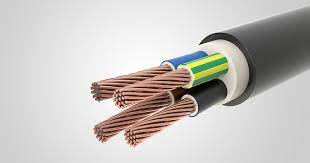Handling and installing electrical cables is a crucial task that demands attention to detail and adherence to safety protocols. If electrical installations are not done correctly, could result in dangerous situations, such as fires and electrical shocks. Here are some crucial precautions to take when working with electric cables.
Shut off Power: Prior to starting any work, ensure that the power supply is shut off. Make use of the voltage tester to ensure that the circuit is de-energized. This is essential in preventing electric shocks.
Make sure you use insulated tools designed for electrical work. Insulated screwdrivers and pliers and wire strippers help avoid accidental electrical contact. Use only metal tools and tools that are not designed for electrical work.
Wear Safety Equipment: Arm yourself with personal protection equipment (PPE) including rubber gloves, safety glasses and mats with insulated insulation. This equipment adds an extra layer of protection from electrical hazards.
Check Cables: Prior to installation check cables for damage including frayed insulation or exposed wires. Damaged cables must be replaced or repaired by a trained professional to avoid short circuits or electrical fires.
Follow Code Regulations: Adhere Local electrical standards and codes. These rules are intended to ensure safety and reliability in electrical installations. Referring to your copy of the National Electrical Code (NEC) or local regulations will help you stay compliant.
Avoid overloading circuits: Always be aware of the electrical loads on every circuit. Overloading can lead to overheating and potential fire hazards. Ensure that the cables that you purchase are rated for the expected load.
Proper Routing: Route cables away from heat sources sharp edges, heat sources and other potential hazards. Use cable conduits or trays to protect cables cables from physical damage and also to organize them.
By following these tips for safety You can lessen the possibility of accidents and ensure a secure and efficient electrical installation. Prioritizing safety not only protects you, but it also increases the overall security of the electrical system.



